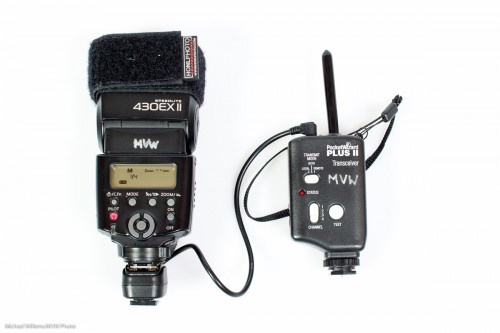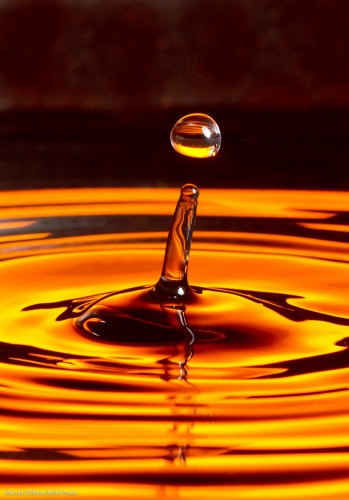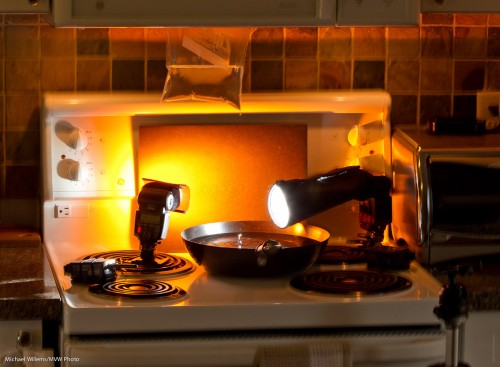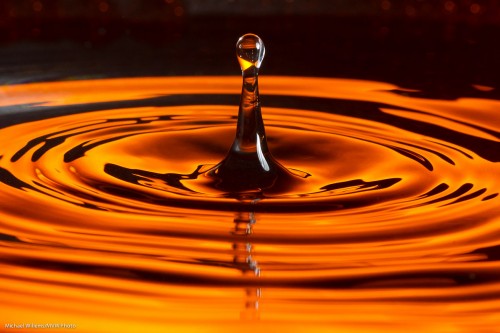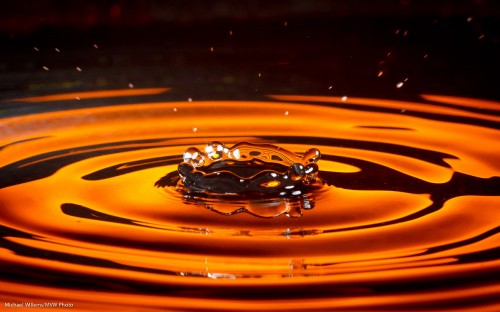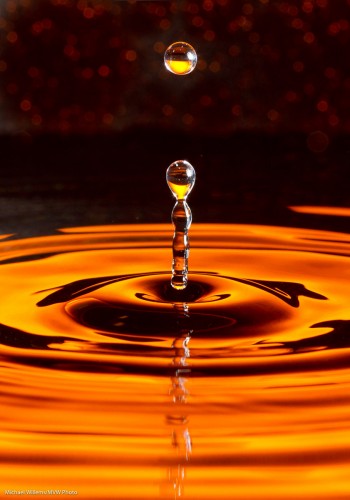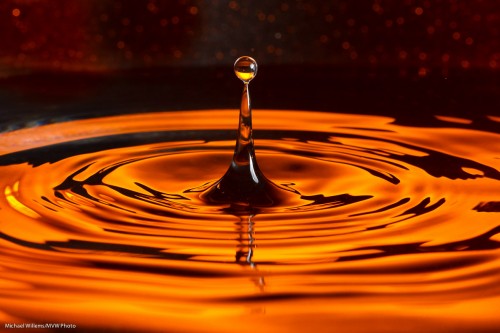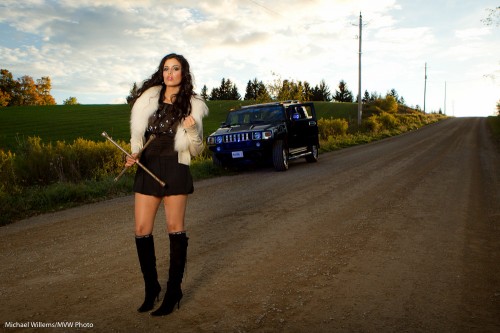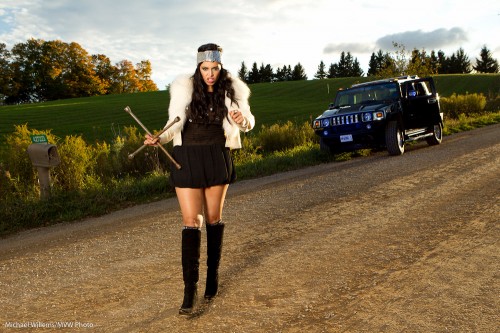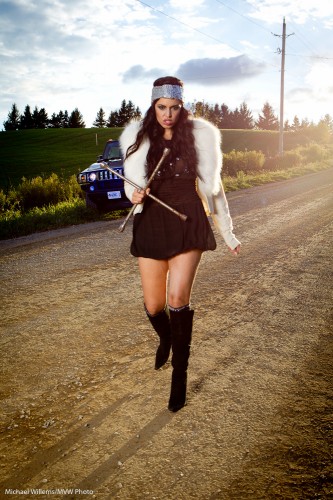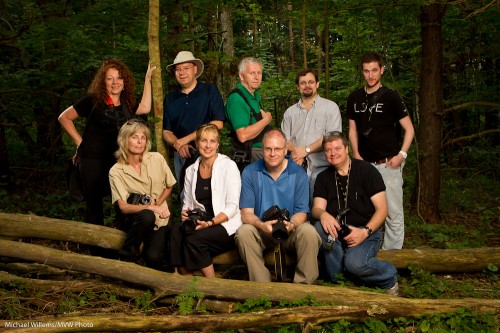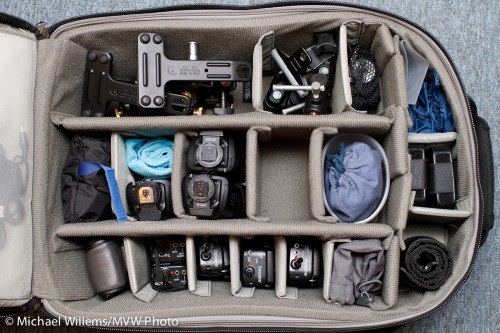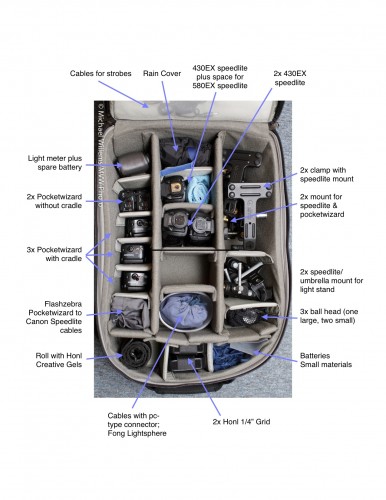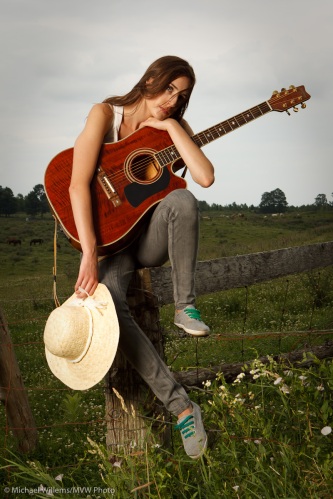A student who took my five-day Flash course at the Niagara School of Imaging (held annually at Brock University), asks:
I still struggle with PocketWizards a little. I have the TT1 and TT5 for Nikon. This was different from the ones you used at Brock. I am not sure what is the best option and how I could add a speed light from a different make, e.g. Panasonic.
That is a good question.
So first, what is a Pocketwizard? A radio slave, i.e. an electronic “wireless cable” between your camera and your flash. One on the camera to send, and one on each flash to receive.
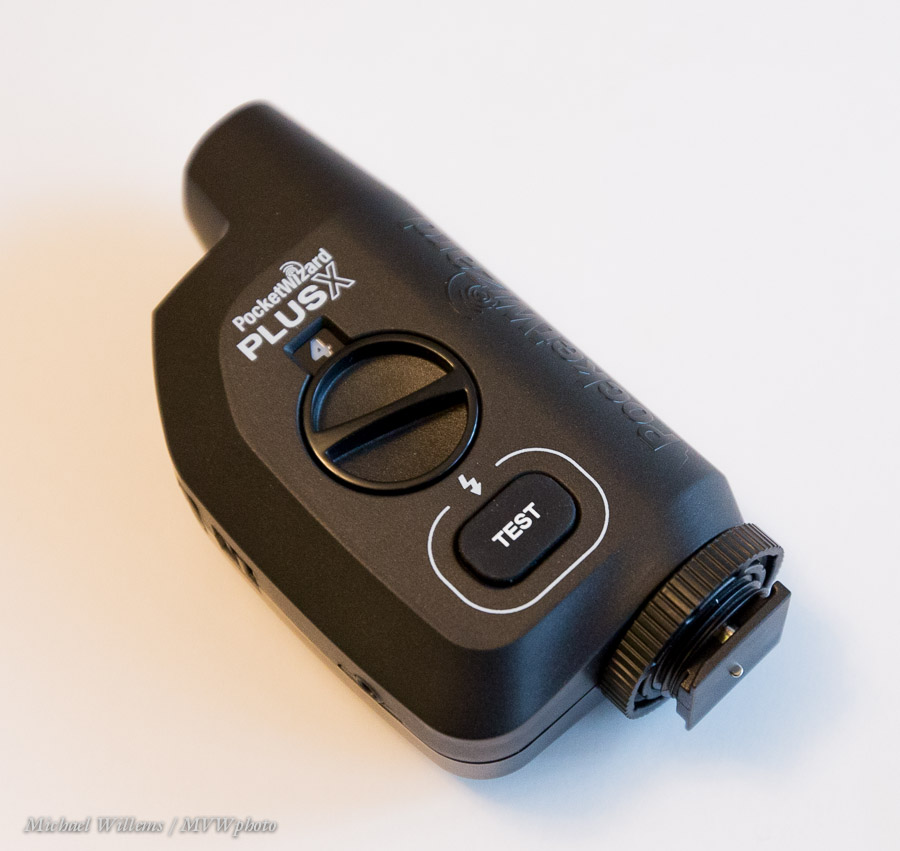
And just like with real cables, there are two types:
- “Intelligent” Pocketwizards (or cables) that “talk TTL”, i.e. that know the camera’s and the flashes’ commands. They use all of the flash contacts (like 5 of them), and they are camera specific. They provide access to all functions, especially automatic (“TTL”, Through-the-lens) metering.
- “Dumb” Pocketwizards (or cables) that just tell the flash “fire now”. As picured above, these provide no automatic metering; they do not know any of the camera’s or flashes’ special functions, and they are not camera specific. Can you see, there’s just one contact (plus one on the side)?
But the second type does not do any automatic metering? Why use those, then? Surely that is a drawback?
I’ll tell you why I use those. First, they use AA batteries, and a lot of the “intelligent” Pocketwizards have special little batteries. Me no like. Second, simple is good: less can go wrong. Plus, TTL is proprietary, so Pocketwizard and other vendors have to reverse-engineer the protocols, which could be difficult. Third, they are cheaper. Fourth: Pocketwizard has not yet lent me some to test, and I will not ever recommend what I have not personally tested.
And fifth, and not in that order of importance: with “dumb” Pocketwizards I can use any old flash I like, regardless of its brand. Yes, I need to set the power level on the flashes by hand, but hey, who cares. In studio-type shooting that is no big deal.
So if you want the type that is not camera specific, i,e, that allows you to use Nikon flashes with a Canon camera, say, then use the second, simple type.
Does that help?
___
Read on for course details: new courses have been announced and are running soon.

